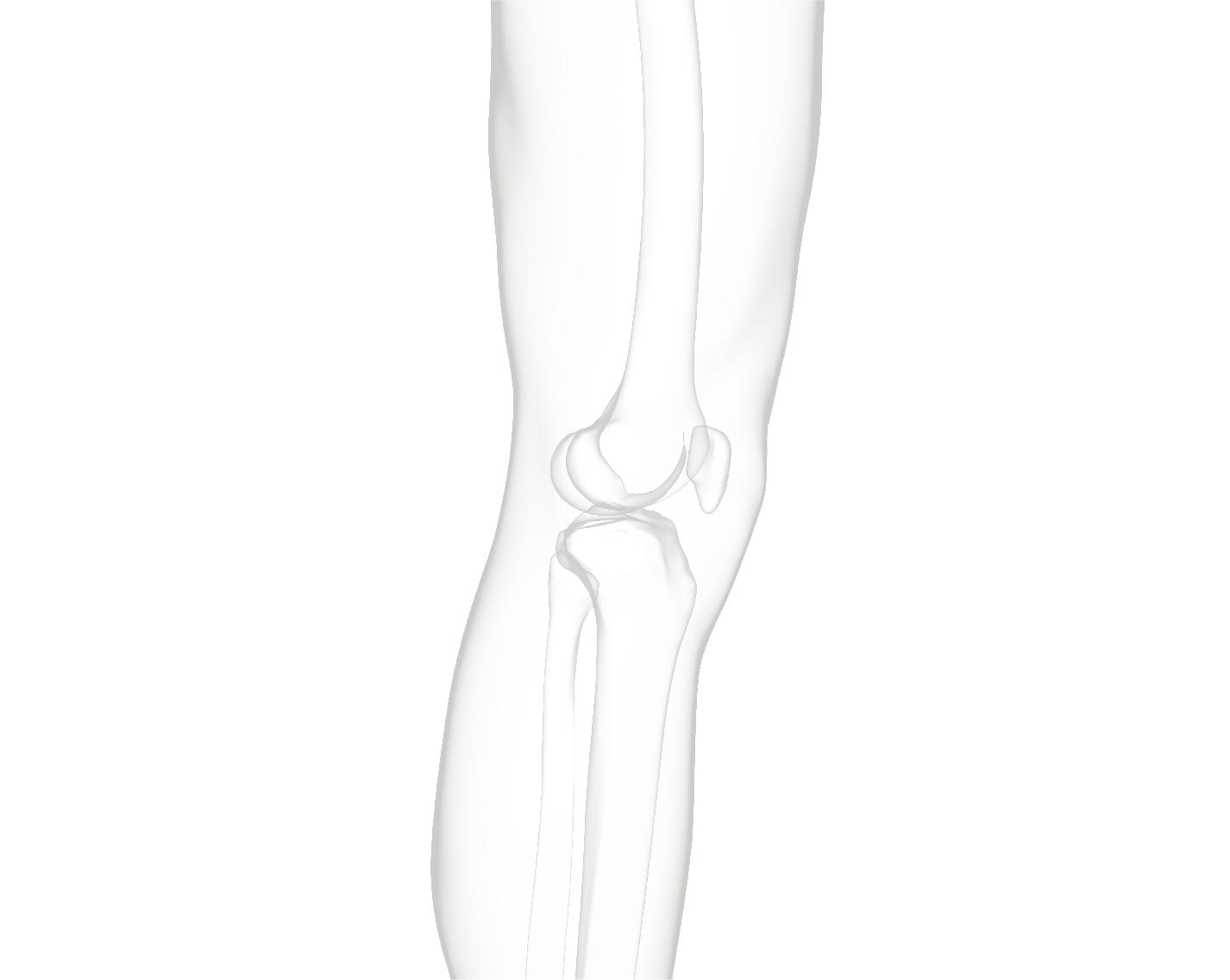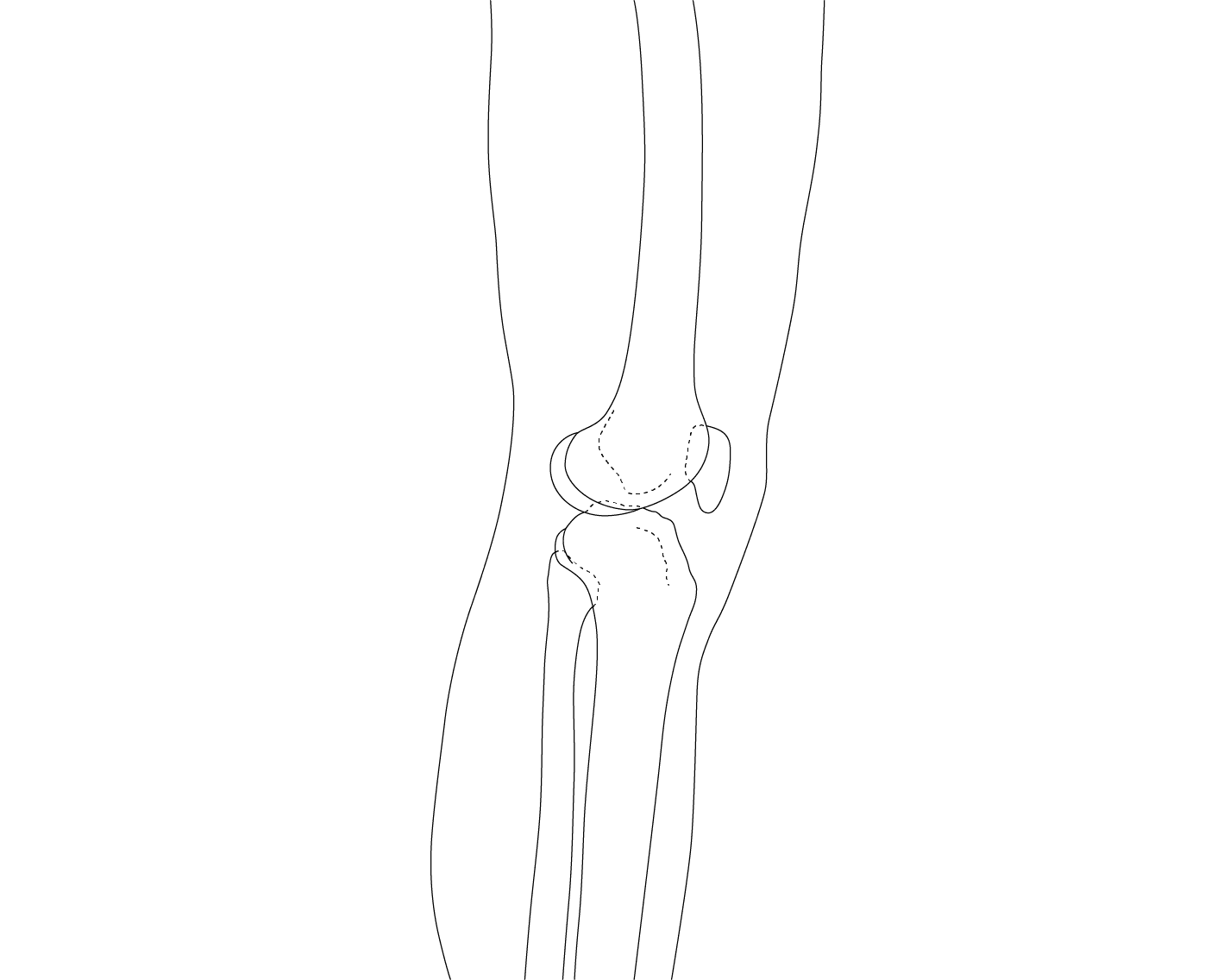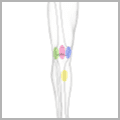The knee is one of the most complicated joints in the body. It is made up of a number of structures, including bones, ligaments, tendons, and cartilage, all of which can be injured in athletes. It is the complex interaction between these structures that enable athletes to run, cut and jump.
Bones. The knee joint is made up of the femur (thigh bone), the tibia (shin bone), the patella (kneecap), and the fibula (small bone on the outside of the leg).
Ligaments. The knee joint is held together by ligaments, which connect the bones. These include the anterior cruciate ligament (ACL), posterior cruciate ligament (PCL), medial collateral ligament (MCL), and lateral collateral ligament (LCL).
Tendons. Muscles attach to the bones through a thick band called a tendon. There are two very important tendons in the knee; the patella tendon, which connects the patella (kneecap) to the tibia (shin bone) and the quadriceps tendon, which connects the patella (kneecap) to the femur (thigh bone)
Cartilage. There are two types of cartilage in the knee. The articular cartilage lines the bones. The meniscus is a wedge-shaped structure that serves as a spacer and cushion between the bones.
Knee injuries may occur as the result of trauma, which may be a contact or non-contact injury. Injuries can also result from a fall, a twist, or a hit by an opposing player. Knee pain may also be due to overuse, such as running or jumping repetitively. Some knee injuries are more common in younger athletes due to growth disturbances, while other injuries occur predominantly in older athletes due to the aging process.
Use the image map above or the forum links to the right to take a deeper dive into common knee injuries.







